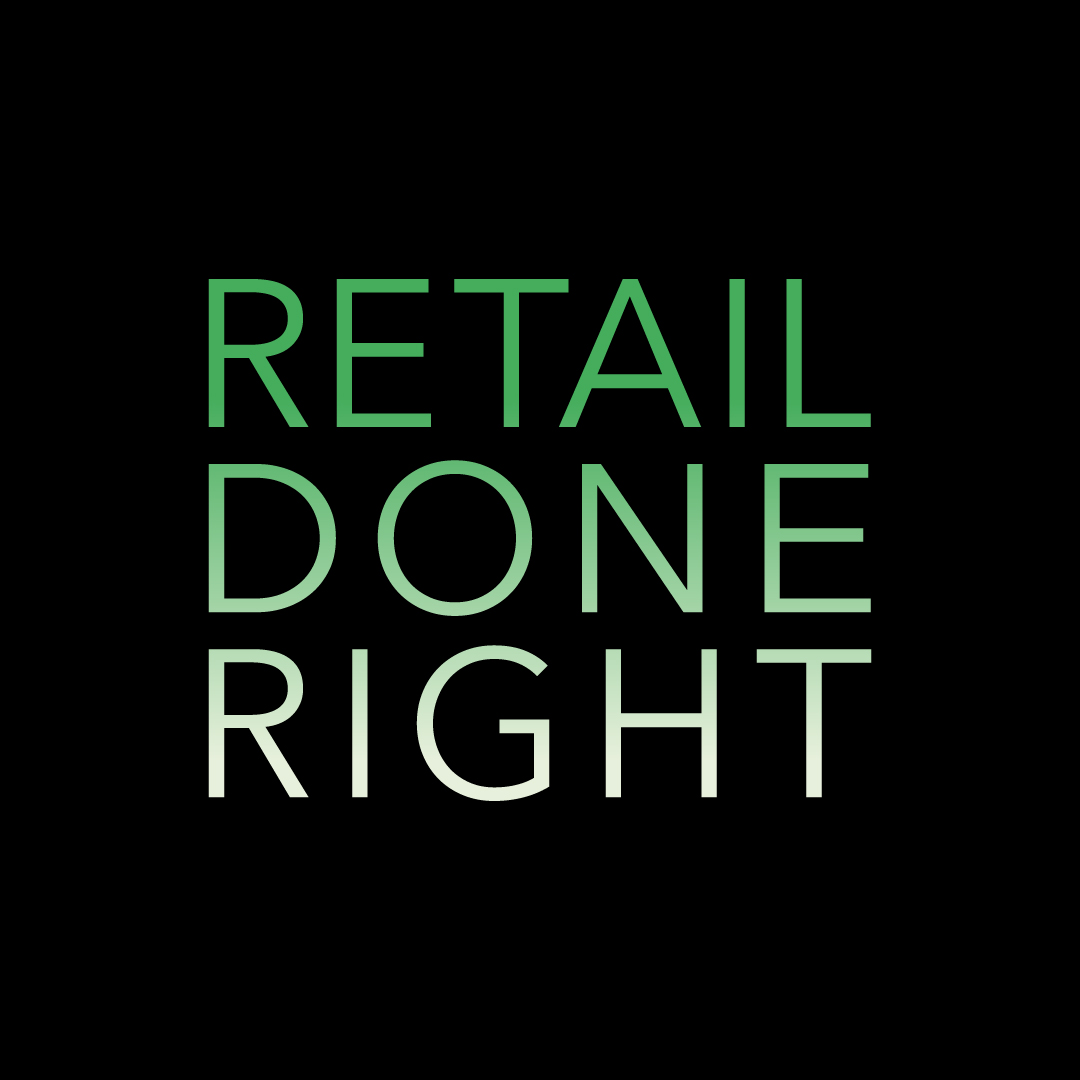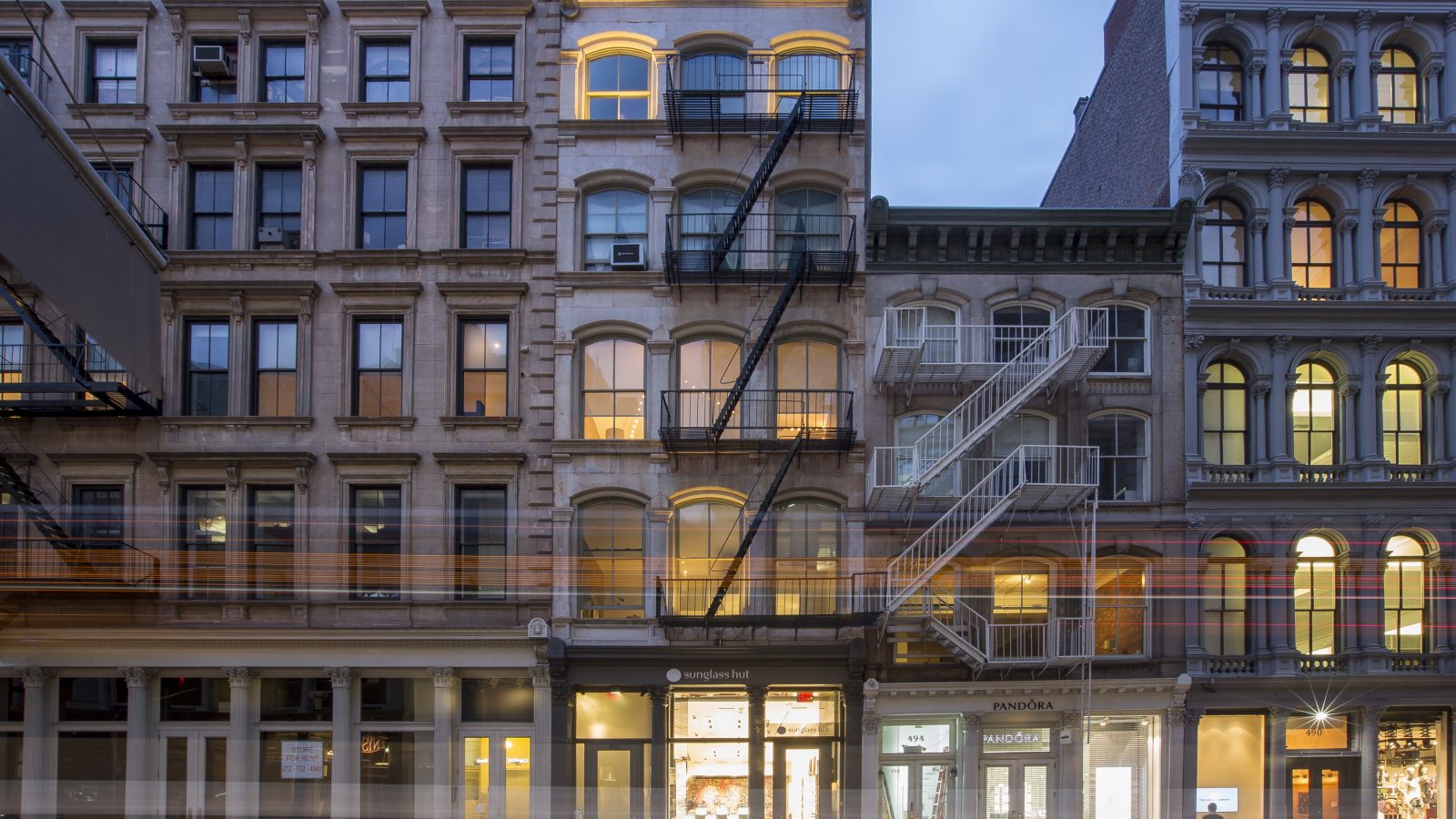SHOW NOTES | S4 Ep7
Retail Media, A Conversation with Francisco Larrain
SPECIAL GUEST: Francisco Larrain, CTO at TOPSORT
INTRODUCTION
In a follow up to our final Retail Trend, Retail Media Networks, we share a rich conversation with Francisco Larrain, CTO at Topsort, an innovative tech company that enables retailers and marketplaces to quickly launch, scale and intelligently optimize ad businesses with AI-based retail media infrastructure. We couldn’t ask for a better way to follow up on this incredibly relevant topic in the Retail industry today.
THE CONVERSATION
We stepped away from our usual format and had a free-flowing, unstructured conversation with an expert who is living Retail Media. It’s a surprising conversation, one with real, relevant insights. This is a conversation about RETAIL MEDIA with Francisco Larrain, CTO at TOPSORT.
We’re stepping away from our usual format regarding Show Notes as well. As this was a very loose conversation, we encourage you to go along for the ride. Reach out if you have any questions or would like to share comments or feedback.
We encourage you to connect with Topsort, and specifically with Francisco Larrain. You’ll be better for it.
Let’s go shopping!
This is RETAIL DONE RIGHT.
- Michael Cooke via Upwork is our brilliant sound engineer and editor – and Jade Siriswad composed our theme music.
- Please subscribe on Apple Podcasts, Spotify, or your favorite podcast platform.
- Please follow us on Instagram at retail done right and at our website https://retaildoneright.net
RETAIL DONE RIGHT is produced, written and hosted by Jeff Fisher & Cristene Gonzalez-Wertz

